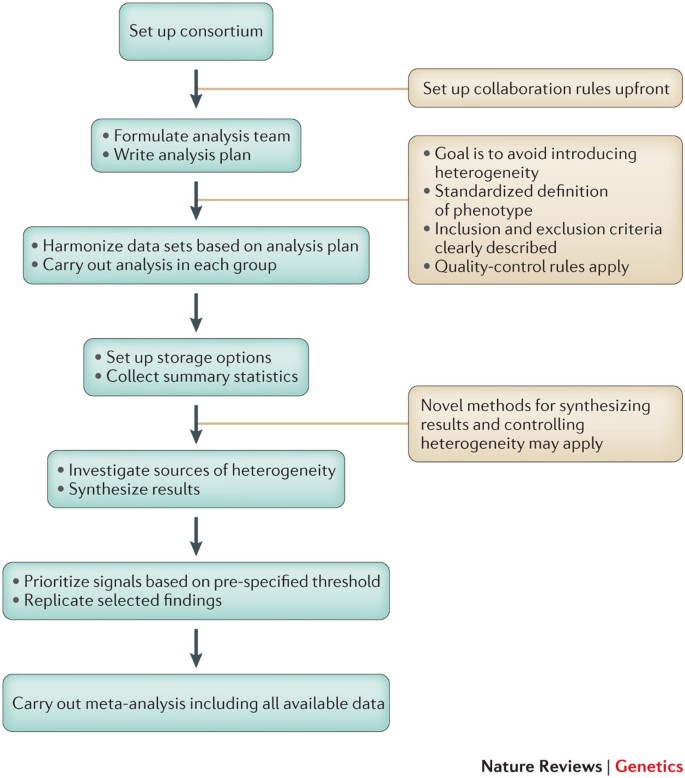
It is unclear, whether or to what extent small-sample-size behaviour can be improved by more sophisticated modeling. However, standard random-effects meta-analysis methods perform poorly when applied to few studies only. For instance, a review of the Cochrane Library revealed that half of the meta-analyses reported in the Cochrane Library are conducted with two or three studies. Meta-analyses of few studies are common in practice. Bayesian estimation with a sensibly chosen prior for between-trial heterogeneity may offer a promising compromise. In the presence of between-study heterogeneity, especially with unbalanced study sizes, caution is needed in applying meta-analytical methods to few studies, as either coverage probabilities might be compromised, or intervals are inconclusively wide. Some methods turned out impractical due to frequent numerical problems.

Confidence intervals based on the GLMMs are, in general, slightly narrower than those from other frequentist methods. Credible intervals are empirically and in the simulation study wider than unadjusted confidence intervals, but considerably narrower than adjusted ones, with some exceptions when considering RRs and small numbers of patients per trial-arm. Bayesian methods result in better coverage than the frequentist methods with normal approximation in all scenarios, except for some cases of very large heterogeneity where the coverage is slightly lower. In the simulation study, coverage probability is, in the presence of heterogeneity and few studies, mostly below the nominal level for all frequentist methods based on normal approximation, in particular when sizes in meta-analyses are not balanced, but improve when confidence intervals are adjusted.

Variation of methods or effect measures affects the estimation results. ResultsĮmpirically, a majority of the identified meta-analyses include only 2 studies. Coverage probabilities and interval widths for the combined effect estimate are evaluated to compare the different approaches. Methods are then compared empirically as well as in a simulation study, based on few studies, imbalanced study sizes, and considering odds-ratio (OR) and risk ratio (RR) effect sizes. We extract an empirical data set of 40 meta-analyses from recent reviews published by the German Institute for Quality and Efficiency in Health Care (IQWiG). In addition, a linear mixed model and two generalized linear mixed models (GLMMs) assuming binomial or Poisson distributed numbers of events per study arm are considered for pairwise binary meta-analyses. Confidence intervals are based on a normal approximation, or on adjustments based on the Student- t-distribution. We consider likelihood-based methods, the DerSimonian-Laird approach, Empirical Bayes, several adjustment methods and a fully Bayesian approach.

Such settings however are commonly encountered in practice. Standard random-effects meta-analysis methods perform poorly when applied to few studies only.


 0 kommentar(er)
0 kommentar(er)
